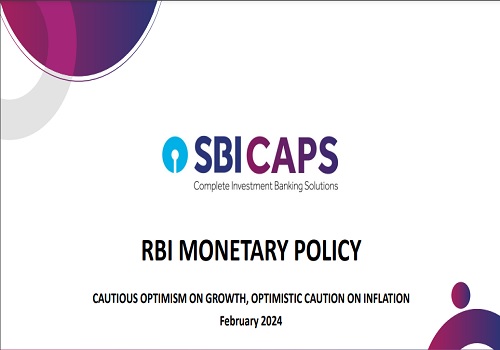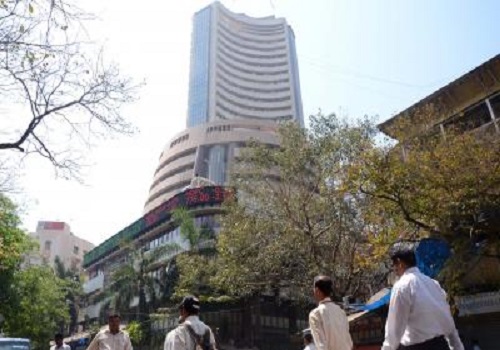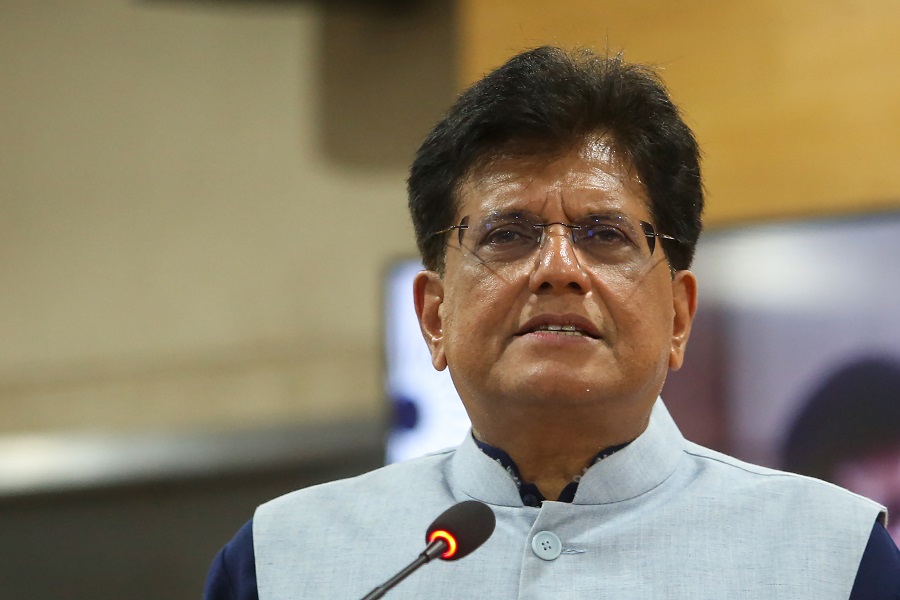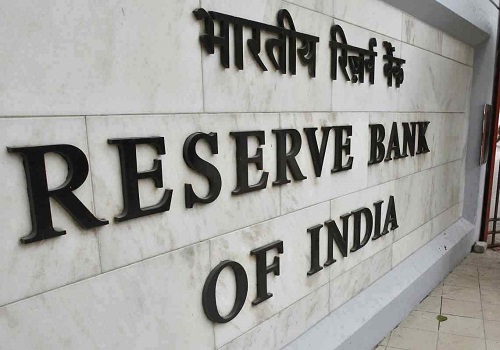RBI Monetary Policy by SBI Capital Markets (SBICAPS) .

Executive Summary
The RBI has navigated the hard times ably, steering the economy through the roughs of the pandemic and continued volatility over the past 4 years. The question now arises is that whether this oasis of sound growth and declining inflation can be durably sustained through monetary policy. The RBI’s answer to this has been to stay focused on the risks, resisting from reveling in the exuberance, nimbly balancing inflation-targeting, currency stability, systemic risk, and growth. The fruits of these efforts to ensure macroprudential stability will bear fruit in the times to come. This was the theme of the Feb’24 policy, where we could observe cautious optimism on growth, and optimistic caution on inflation
No changes were expected in the rates, and accordingly, the MPC decided to keep its policy repo rate unchanged at 6.50%. It is important to note that the vote this time was 5-1, and not unanimous, indicating that some in the MPC are ready for a cut. All other policy rates such as MSF, bank rate, and SDF also remained unchanged. Besides domestic factors, playing on the MPCs mind will be the trajectory of global Central Banks in CY24, particularly the US Fed – the current market projections of 2-3 cuts in CY24 give RBI sufficient wiggle-room. We now expect the first rate cut not before Aug’24, given the inflation-growth dynamics currently expected
The MPC retained its stance of being focused on withdrawal of accommodation, by a similar 5-1 vote as last time. The Governor also made an important caveat that the stance primarily refers to the MPC’s intent on controlling inflation and with reference to ongoing transmission of rates, and not necessarily to liquidity conditions. This is consistent with the actions of the RBI, which has resorted to nimble operations to maintain liquidity and short-term rates in a small range, especially in recent weeks when a pickup in government spending ensued. Currently, policy transmission to lending rates remains incomplete and the RBI’s inflation projections do not indicate quick alignment with 4%. Thus, by disjointing the stance from liquidity concerns, the MPC has effectively paved the way to keep it unchanged until inflation and transmission align – this impacts expectations of the timing of a stance change
Accordingly, the tone on inflation was cautious, with the primary focus on food prices, which could generalize and cause havoc. The RBI remains vigilant of continued geopolitical shocks, supply chain disruptions, and erratic weather. Nevertheless, it kept its FY24 CPI estimate unchanged at 5.4%, inching down its Q4 forecast. Importantly, it projects FY25 CPI at 4.5%, which is above the oft-repeated target of 4%. The downward revision in quarterly trajectory, however, will be a positive for the markets. Further, it is important not to overstate the case for tightness, as the RBI is by no means tied down, given positive real rates prevail, and considerable progress has been made on core inflation. Rather, RBI’s actions must be interpreted in its desire to build considerable countercyclical buffers
The RBI was sanguine on growth prospects, pencilling in 7% y/y real GDP growth for FY25, pulling up the projections for Q1 and Q2 sharply. Confidence was shown in structural drivers of domestic growth, backed by consumption. While acknowledging the role of government capex, the Governor pointed out that investment intention of the private sector remains upbeat. India thus remains the polestar even in a firmament where the stars have aligned more favourably for global growth. The latter is based on the continued impact of pandemic era relief efforts, and thus the optimism was laced with a word of caution on the as the high debt/GDP of many countries poses a major risk to their fiscal maneuverability, and thus, their ability to consume
The global positivity will help the external sector. India is expected to be the largest recipient of inward remittances, at USD 135 bn in CY24. Further, with 10.2% share in the global software market, net balances in services and remittances is expected to be in a large surplus, offsetting merchandise trade deficit. Thus, the RBI expects current account deficit to be eminently manageable in FY24 and FY25. We expect CAD to close at 1% of nominal GDP in FY24, in line with our earlier estimate. The meaty forex buffers would largely take care of any fluctuations in global prices impact merchandise imports or a slowing of software exports
Since the policy was broadly on expected lines, the bond markets remained calm, with 10Y G-sec yields almost unchanged at 7.07%. The trajectory in the future will be driven by the Union’s commitment to fiscal discipline, timing of RBI’s rate cuts, and expected inflows from induction into global bond indices. Given these are all downward pulls, we expect the 10Y G-sec rate to dip below 7% in the coming months. Further, with government spending to normalize liquidity, and RBI performing two sided actions in a timely fashion, short term rates would also remain rangebound
Above views are of the author and not of the website kindly read disclaimer
























